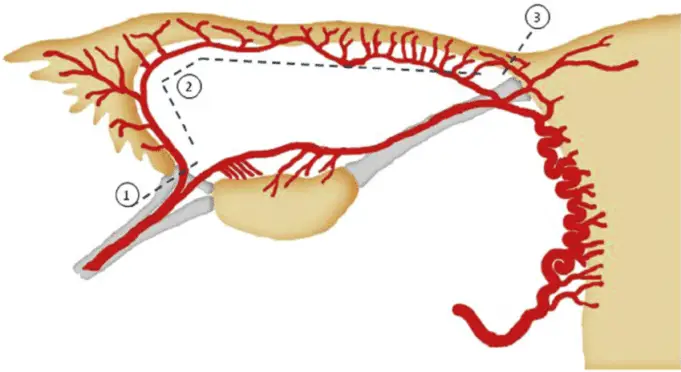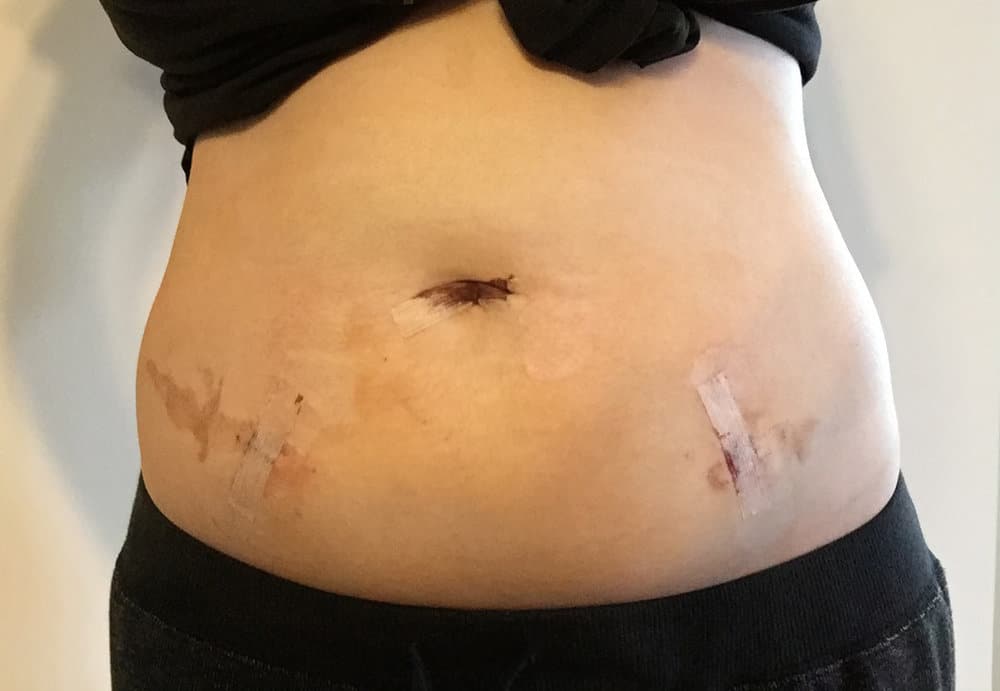Family planning is a very important subject. In a world where overpopulation is becoming a problem and the means for survival do not equal the population growth rate, there is a need to check the number of children we give birth to.
There are various methods of family planning that are very popular; from the use of IUDs to the use of pills and even vasectomy.
However, one of the ways of family planning that are rarely discussed is salpingectomy, and in this article, we will be educating you on what a salpingectomy is, the types of salpingectomy that are available, why this procedure is done, and how to prepare for the procedure.
What is a salpingectomy?
A salpingectomy is a surgical procedure that involves the removal of one or both fallopian tubes. As you must have guessed right, the fallopian tubes are what allows eggs to travel from a woman’s ovaries to her uterus.
You can have a partial salpingectomy, and that is what happens when a person has only one part of their fallopian tube removed. There is also a procedure known as salpingostomy. This procedure is when a surgeon has to make an opening in a person’s fallopian tube and take out its content leaving the tube to remain.
It is possible to do a salpingectomy alone and even combine it with other procedures. Other procedures that can be combined with salpingectomy includes cesarean section, oophorectomy, and hysterectomy.
What is the difference between a salpingectomy and salpingectomy-oophorectomy?
A salpingectomy is when a person undergoes a procedure to remove only their fallopian tube or tubes. Oophorectomy, on the other hand, is the removal of one or both ovaries of a person.
When you have both procedures done at the same time, it is referred to as a salpingo-oophorectomy or o salpingectomy-oophorectomy. Depending on the reason why someone would want to undergo surgery, there are times when it is possible to combine a salpingo-oophorectomy with a hysterectomy which is the removal of the uterus.
Whether it is a salpingo-oophorectomy or a salpingectomy alone that you want or have, both of them can be done through either a laparoscopic surgery or an abdominal surgery.
Why do people have a salpingectomy done?
A salpingectomy is rarely used as a medium of family planning because there are other easier methods and the procedure can be used to treat some medical conditions. Your doctor might recommend that you have a salpingectomy done if you are dealing with any of the following:
- An infection
- An ectopic pregnancy
- A ruptured fallopian tube
- blocked fallopian tube
- fallopian tube cancer
Fallopian tube cancer is a rare condition. However, it is more common in females who carry BRCA gene mutations. Up to half of the population of women who have BRCA gene mutation deal with fallopian tube lesions and these women may also have ovarian cancer.
Sometimes Ovarian cancer starts in the fallopian tube. One of the ways to reduce the risk of developing ovarian cancer is a prophylactic salpingectomy. When used as a method of birth control, it is a permanent one thus must be carefully thought about.
How does a person prepare for the procedure?
It is expected that your surgeon discusses the procedure with you and also provide you with instructions for pre-operation as well as post-operation.
The instructions you would be given may vary depending on whether you be having a laparoscopic surgery or an open abdominal surgery. That will be determined by factors such as your age, the reason for the surgery, and your general health as well.
Here are a few things that you may want to consider before surgery:
- Plan how you transport yourself home when you leave the hospital. This is very essential because you may still be someone to glory from the anaesthesia and your abdomen would still be sore by that time.
- Bring with you to the hospital loose fitting and comfortable clothes that she would wear home after your surgery.
- If you normally take medications, it is important that you ask your doctor if it is ok for you to take them on the day of the surgery.
- Ask your doctor how many days or how long you are required to fast before your surgery.
What happens during a salpingectomy procedure?
Just before you undergo any open abdominal surgery, your doctor will give you general anaesthesia. After you have been giving Anastasia, your surgeon will then make an incision a few inches along your lower abdomen area.
Your surgeon can see the fallopian tube and also remove it through the incision. After the removal of the fallopian tube, your surgeon will proceed to close the opening with stitches or staples.
There is a less invasive procedure that you can do instead of an open abdominal surgery; this procedure is the laparoscopic surgery. Your surgeon can perform this surgery under general or local anaesthesia.
During laparoscopic surgery, your surgeon would make a tiny incision through which he would insert a tool with a camera and light at the end. This tool will help the surgeon to get a clear view of your organs on a screen. To make it easier for the surgeon to see your organs your abdomen will be inflated with gas.
The surgeon will have to make a few additional institutions through which the wood inserts the tools that will be used in removing your fallopian tubes.
The good thing about this method is that the incisions will be less likely larger than half an inch long, and once the procedure is over the tiny incisions will be closed, and you would hardly remember that they were ever created in the first place.
What’s the recovery process like?
After your surgery has been completed, you will be moved to the recovery room for monitoring. You will not be fully awake immediately because it will take some time for the anaesthesia to fade out.
You will feel some soreness and mild pain around the area where the incision was created, and you may also have to deal with nausea.
If you had outpatient surgery, then you will not be released until it has been confirmed that you can stand up an empty your bladder without help. It is important that you follow your doctor’s recommendation for resuming your normal activities.
Even though your recovery period is supposed to take only a few days, there is a huge possibility that it could take longer. It is imperative that you stay away from lifting any heavy things or engaging in strenuous activities for a minimum of one week.
Once you have been confirmed healthy enough to go home, do not hesitate to call your doctor if you experience any of the following:
- Have nausea or feel worsened pain
- Develop a shield or a fever
- Can’t empty your bladder
- Notice redness swelling around incision or discharge
- Have an unexpected heavy vaginal bleeding
The institutions that are made during laparoscopic surgery are usually very small, and for that reason, they heal very quickly compared to those made during abdominal surgery.
Bear in mind that every individual will recover at their own rate however generally speaking a person is expected to have reached full recovery in about three to six weeks after abdominal surgery has been done and also within two to four weeks after a laparoscopy procedure.
What are the potential complications?
Just as with any type of surgery there are possible risks. There is even a risk of a potential bad reaction to the anaesthesia because laparoscopy usually takes more time than open abdominal surgery and that would make you stay under anaesthesia for a longer period. Other possible risks that you might encounter includes:
- Damage to nearby organs and blood vessels
- Infection (please note that the risk of getting an infection is lower with a laparoscopic procedure than with open abdominal surgery)
- Hernia
- Bleeding at the surgical sites or internal bleeding
A story that was conducted with 136 women who had a salpingectomy with a cesarean section revealed that complications were rare.













